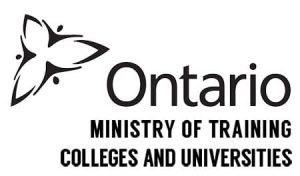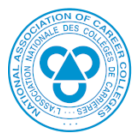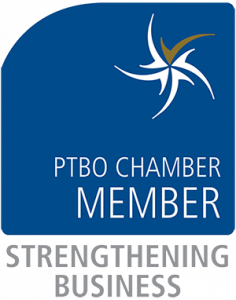Do you want to become a primary care paramedic? This is a rewarding and stable career choice. As a paramedic, you’ll be able to make a difference and help people. Since the occupation has strong employment growth and low levels of unemployment, you’ll feel secure in your new career.
To get started as a paramedic, you’ll need to enroll in a primary care paramedic diploma program at an Ontario college. Choosing a college is a big decision, and there are many factors you should consider. Before you choose a college, make sure it offers these three essential things.
1. Instructors with Industry Experience
At some colleges, instructors don’t have industry experience in the subjects they teach. They may have a lot of academic knowledge, but they’ve never actually put that knowledge into practice. At good primary care paramedic colleges, the instructors have real-world experience working as paramedics.
There are many benefits to being taught by instructors with industry experience. Since your instructors have worked as paramedics, they can teach based on their own experiences. They won’t just be reciting facts they learned in a book. This makes for a more interesting classroom experience for students. Your instructors can tell you relevant stories from their careers and bring the subject to life.
Instructors with industry experience are an excellent resource for students. When you have a question about some aspect of working as a paramedic, your instructors can answer from experience. They can help you prepare for the realities of your new career. For example, if you’re wondering what types of companies employ paramedics, your instructors will know firsthand. Or, if you want to know more about what average shifts are like for paramedics, your instructors will be able to tell you.
2. Practical Lab Components
Students attending college to become primary care paramedics need to learn a lot of theory. This theory forms the base for all the practical tasks they’ll perform as paramedics. Theory can cover topics like anatomy, pathophysiology, or pharmacology. It can also cover disease and trauma processes, ethical issues, and legal issues. Paramedic students need to know all this information, but information isn’t enough on its own.
Good primary care paramedic colleges also teach hands-on skills. During practical lab components, students will learn how to perform all the tasks they’ll have to take care of as paramedics. By getting practice in-class, students already have experience by the time they graduate.
Practical lab components can include assessing and treating patients. During lab components, students get to practise identifying patients’ health concerns. They’ll get to practise treating those concerns in a controlled environment. Since paramedics may be required to perform different treatments in their day-to-day roles, these hands-on sessions will cover many procedures. Students could practise anything from bandaging wounds to stabilizing broken bones to resuscitating drowning victims.
Lab components can also include ambulance simulations. This helps students experience what it’s like to drive an ambulance in a safe environment. It also helps students learn how to work comfortably in an ambulance setting.
3. Career Services
After you graduate, you want to be able to find a job. While the employment outlook is strong for paramedics, new graduates can always use some help with their job searches. That’s where your college’s career services department comes in.
The career services department can help you write a resume or cover letter. The department should also provide help with job interviews. This can include sponsoring workshops where students can prepare for interview success. It can also include holding mock interview sessions so you can practise for real interviews.






